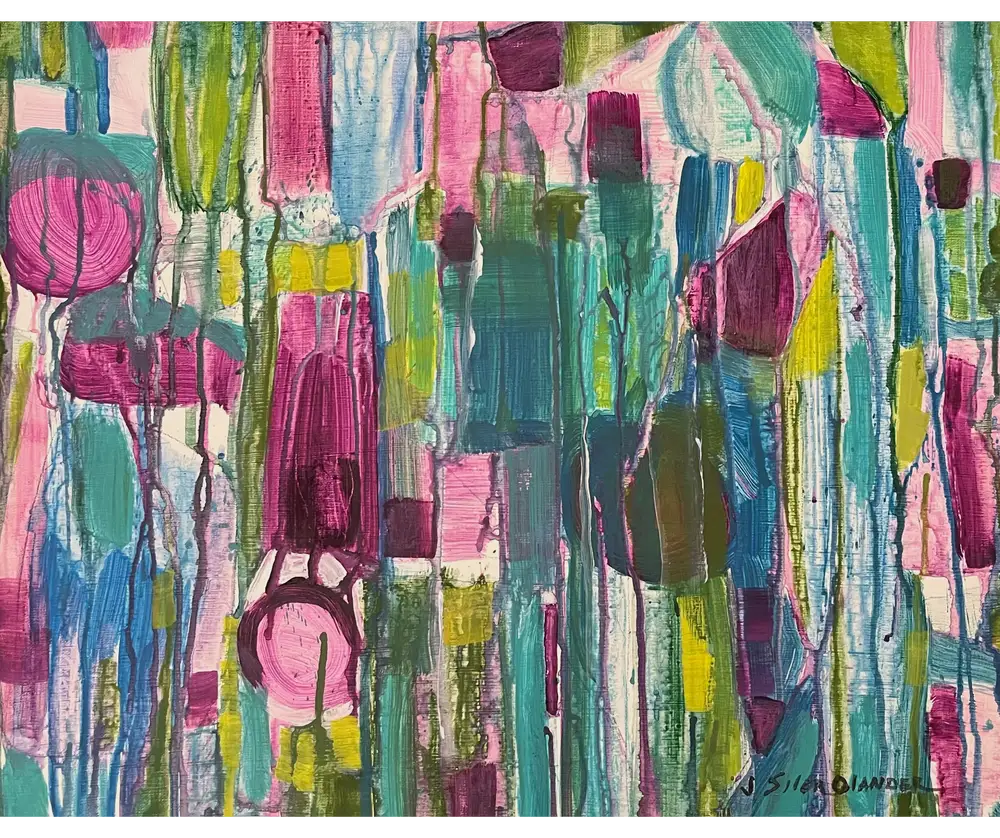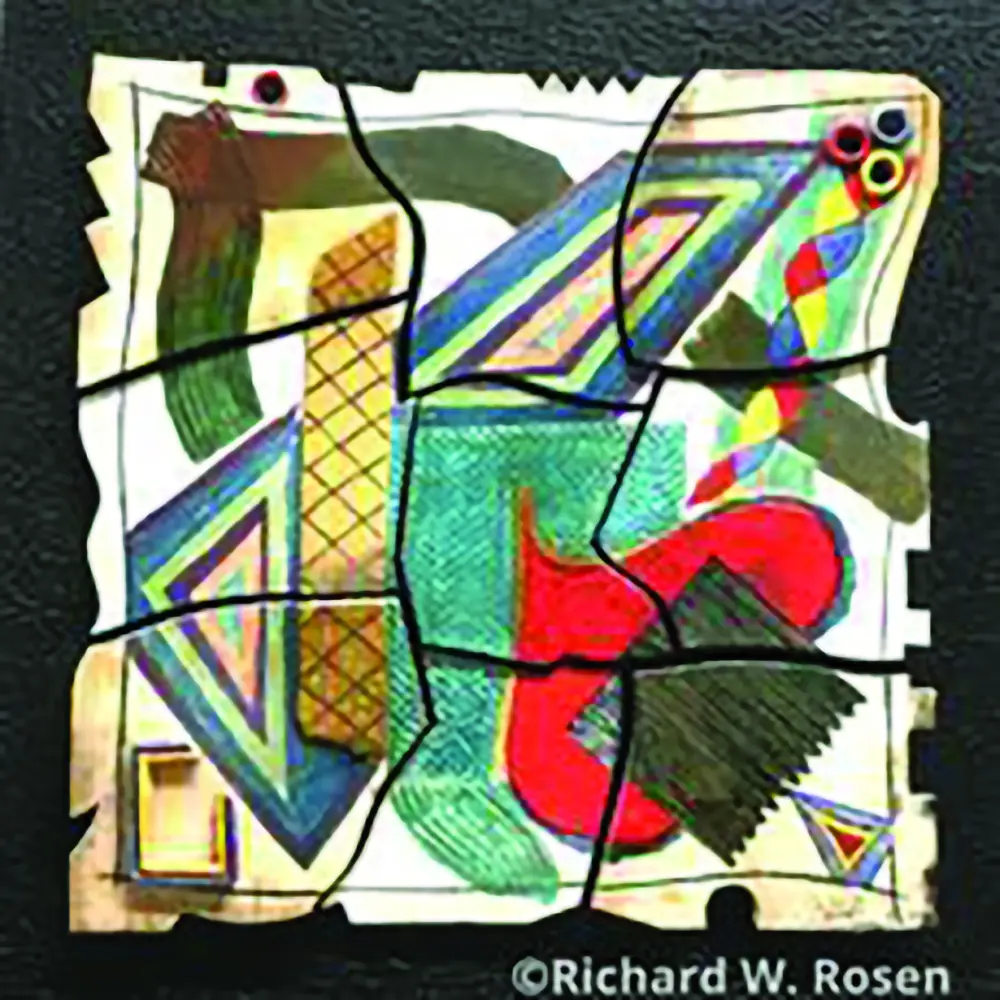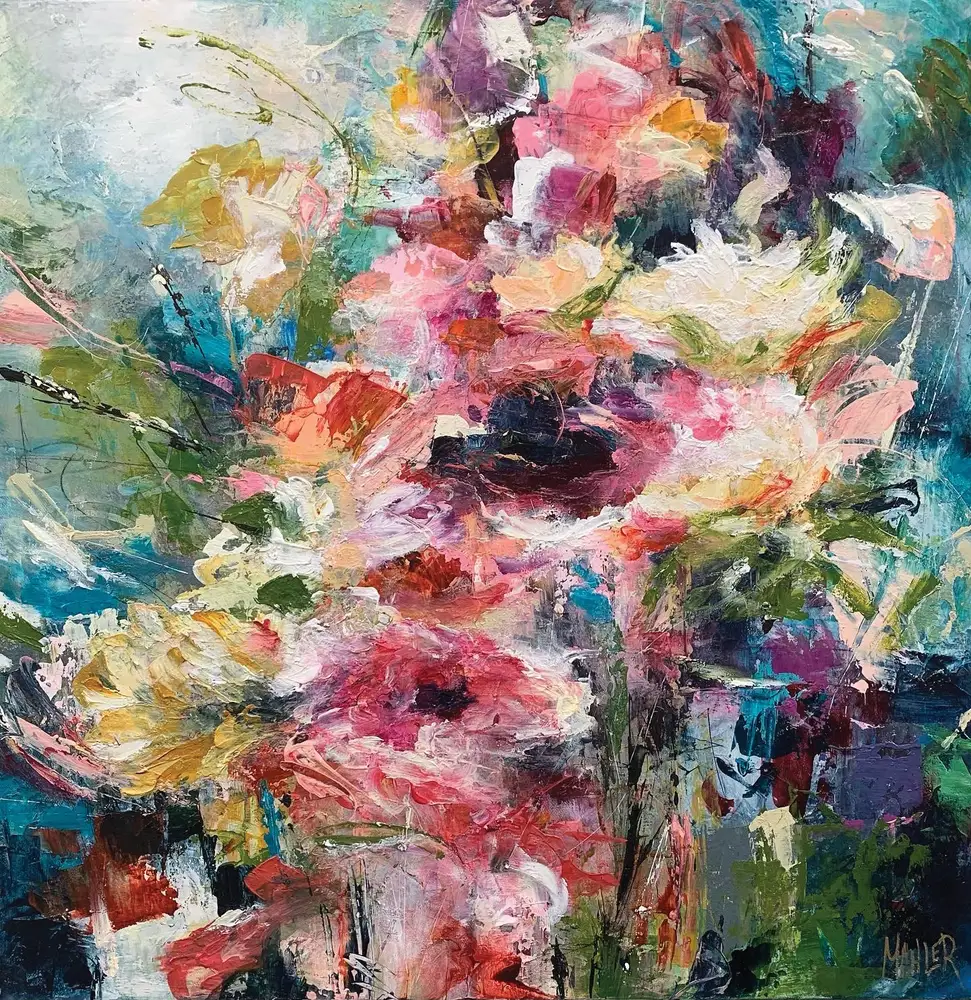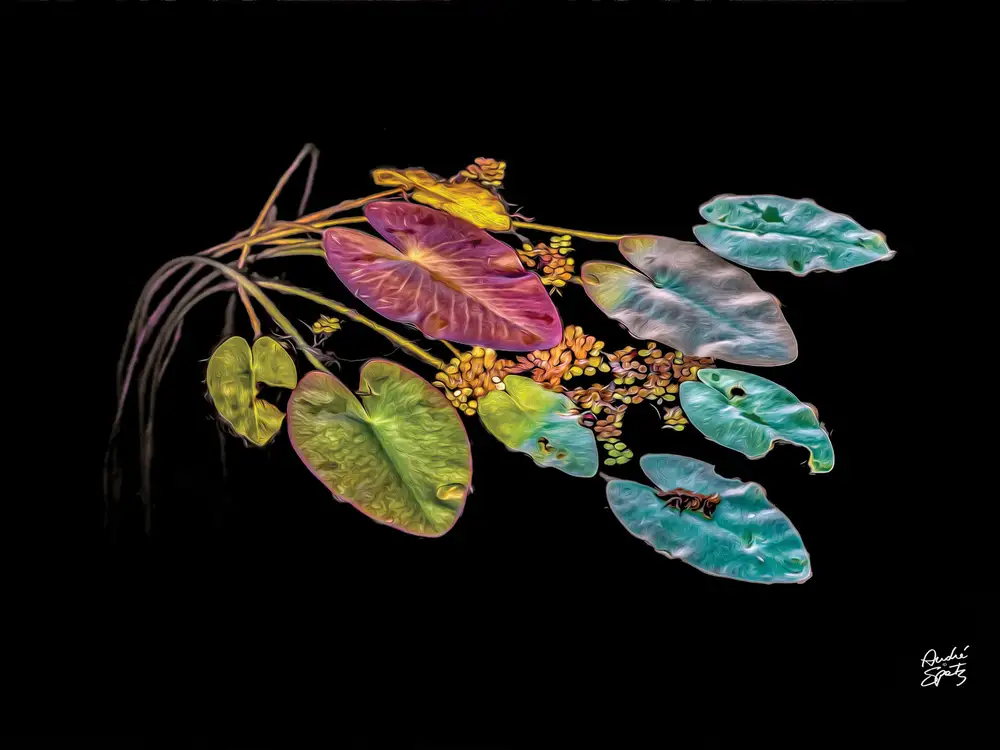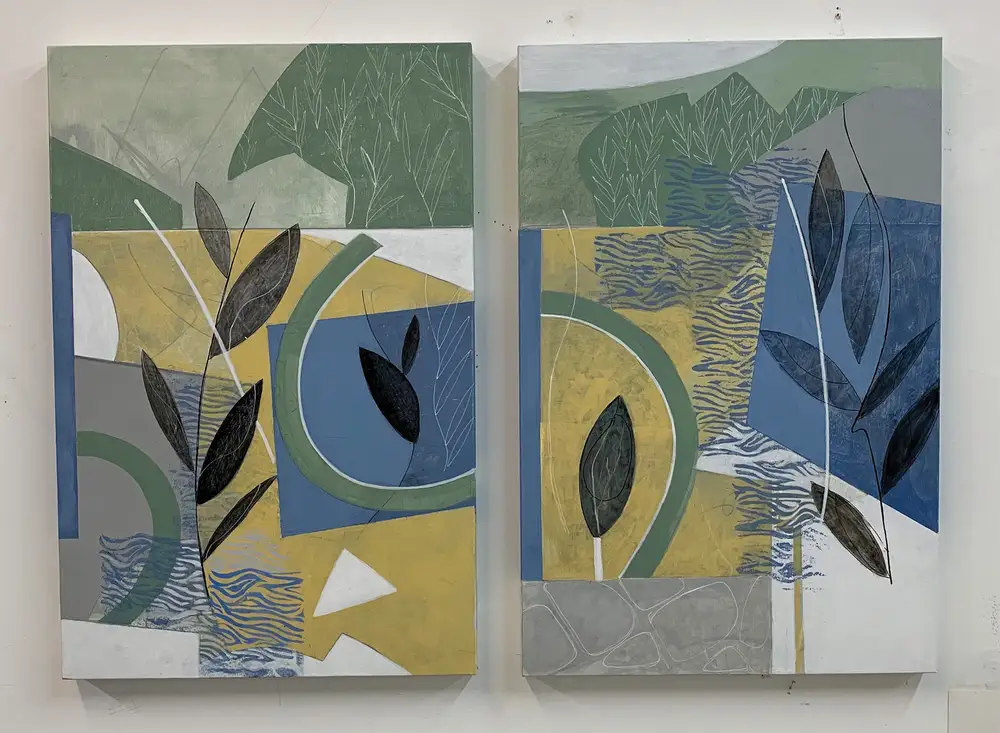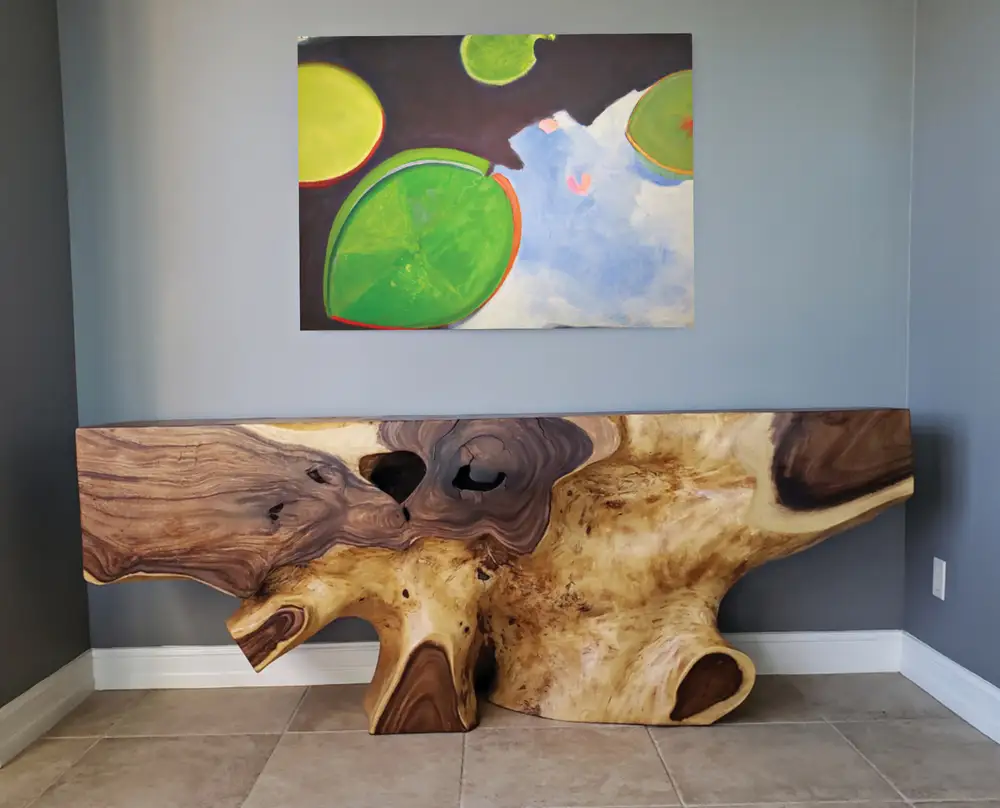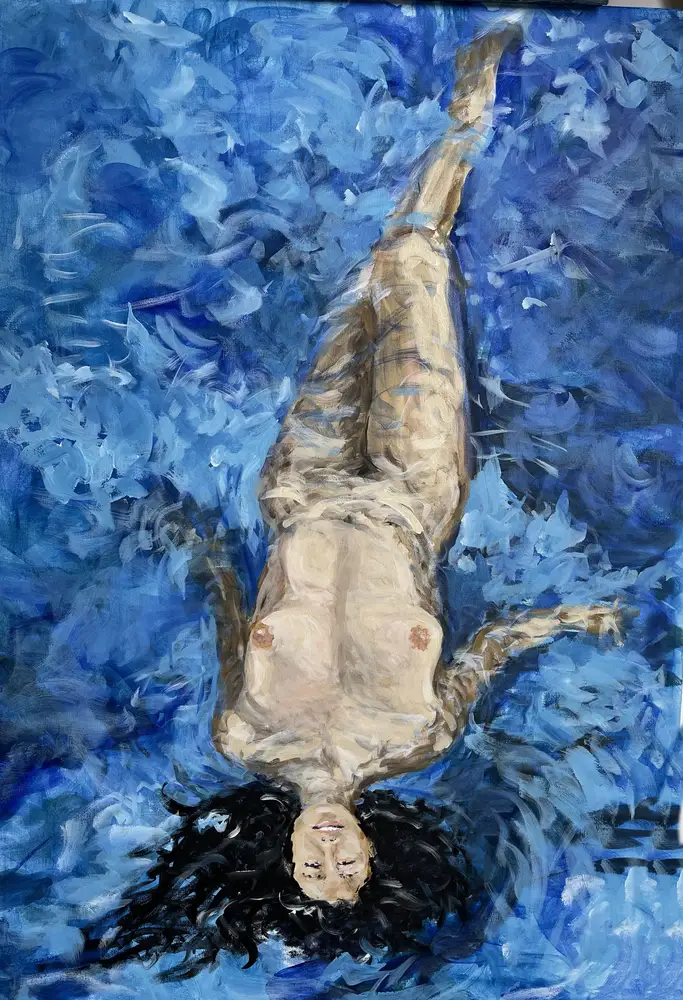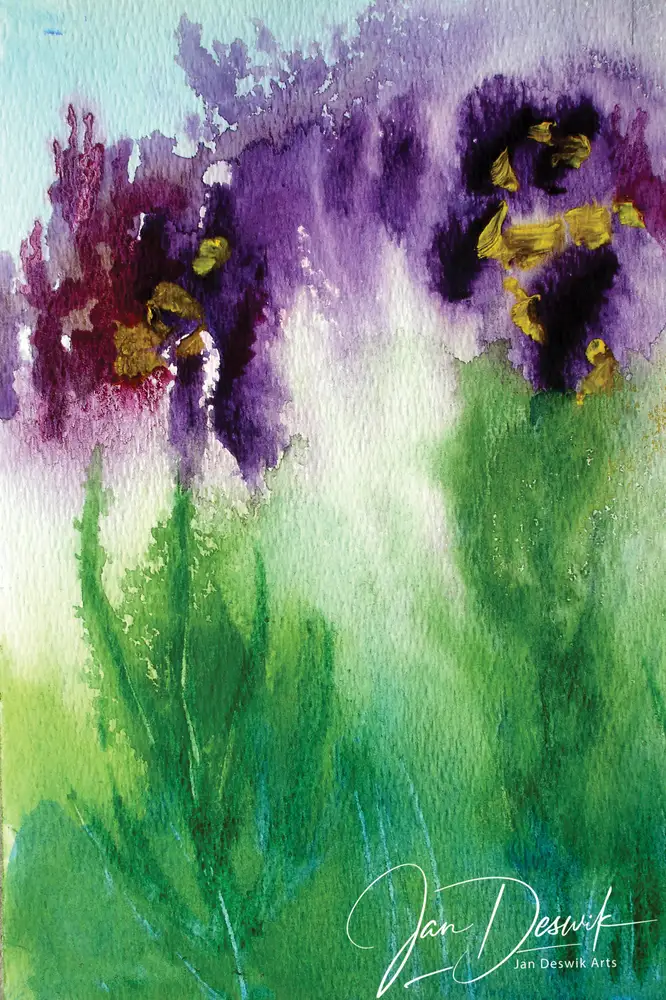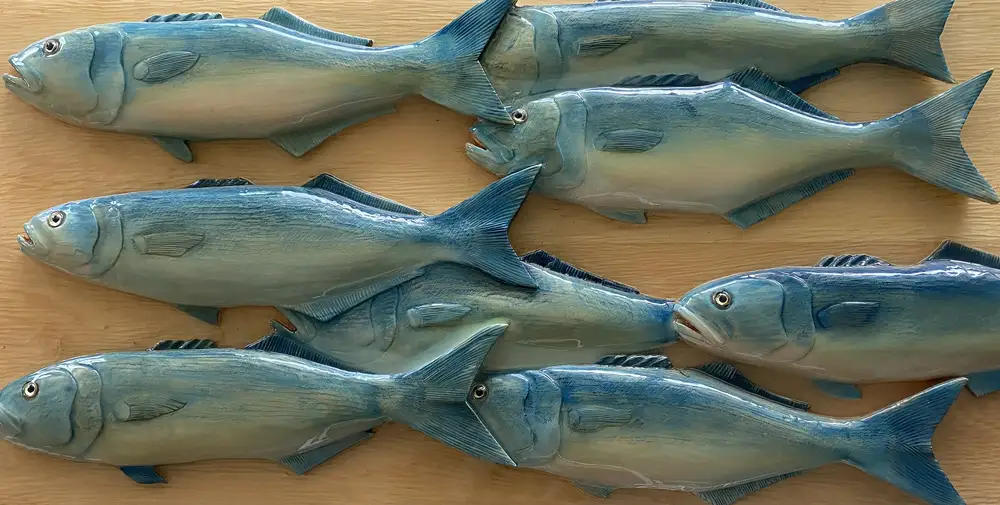Paintbrush Basics: Bristles
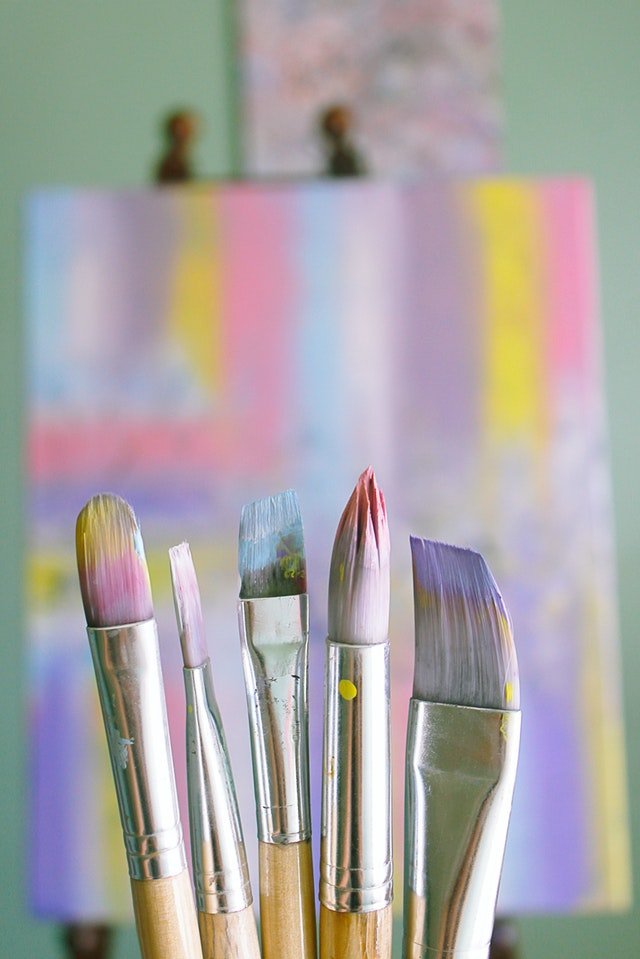
Naples, FL Painting
Paintbrushes are comprised of three main parts: the handle, ferrule, and bristles. The handle, usually made of wood or acrylic, has the ferrule attached at one end; the ferrule is a metal band that connects the bristles to the handle. The bristles, sometimes called filaments, make up the head of the brush that holds the paint for an artist. This is arguably the most important part of a paintbrush.
TYPES OF BRISTLES
The bristles of a paintbrush are made from natural hair, synthetic fibers, or a combination of both. They can be soft or stiff–which one an artist chooses is usually determined by the style of painting and type of paint to be used. The bristles of paintbrushes are shaped into different types of brush heads (e.g., bright, fan, filbert, flat, and round) which an artist uses to create different effects. Where the bristles are attached to the handle with the ferrule is the heel of the brush head; the brush head tip is called the toe and the fattest, middle part of the brush head is called the belly.
Natural hair bristles are usually a type of animal hair (e.g., hog or kolinsky sable hair) that determines the quality of the paintbrush; the type of hair used for the bristles, in turn, determines the cost of the brush. Synthetic hair bristles are usually nylon or polyester that have been developed to create similar effects as natural hair bristles. Some manufacturers blend natural and synthetic filaments. Synthetic filaments last longer than natural bristles, often making synthetic-bristled brushes a more economical choice for artists. That said, synthetic-bristled brushes cannot be used as effectively depending on the type of paint (e.g., watercolor paints vs. acrylic paints vs. oil paints).
CARING FOR YOUR PAINTBRUSHES
It is very important to take care of your paintbrushes. Proper care and storage of your paintbrushes will help you to avoid ruining the bristles and having to replace them. As soon as you are finished painting, immediately clean your brushes before the paint can dry on the bristles. If you paint with watercolor or acrylics, you can clean your brushes after painting with soap and water–some artists use common dishwashing liquid, while others prefer special soaps created just for fine artists to protect their paintbrush bristles. If you use oil paints, you can use solvents such as turpentine or mineral spirits to clean your brushes. Because solvents are harsh they sometimes cause brittleness and breakage of natural bristles over time; so after using a solvent to remove the paint from your brush heads, some painters suggest gently washing the solvent from the bristles using soap and water to help preserve them. Note: there are other special solvents available from art supply manufacturers developed specifically to clean and condition natural bristles; using them is sometimes preferred to traditional solvents.
Cleaning your paintbrushes after use and storing them properly will help you to maintain the shape of the brush heads, and preserve them so they can continue helping you create the painting effects you desire. Be sure to take care of your brushes to prolong their lifespan and avoid costly replacement.
The Naples Art District boasts the largest concentration of working artists in Southwest Florida, with over 70 visual artists maintaining studios and galleries there. The Naples Art District (NAD) gives professional artists a place to share their talents with art lovers from the local community and visitors from around the world. Contact NAD for more information about the organization and the live events, workshops, and classes it provides.
